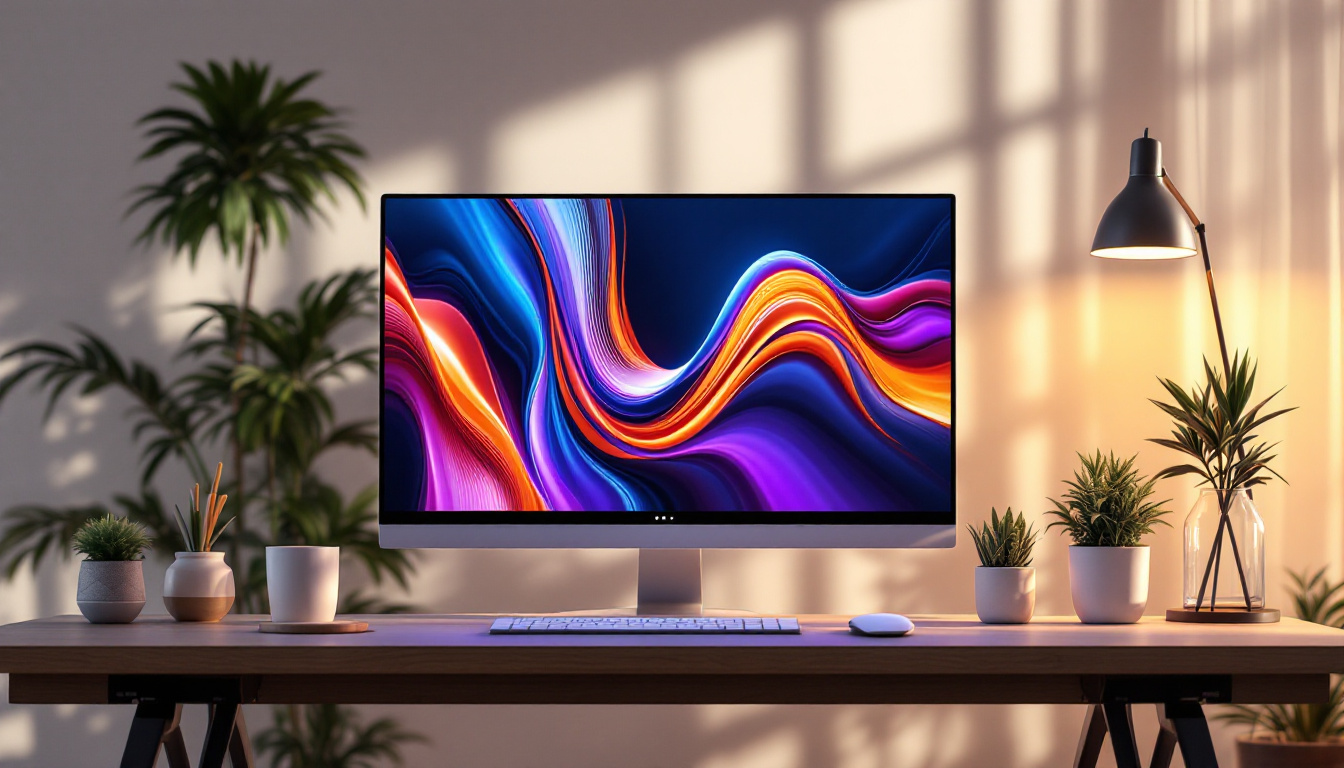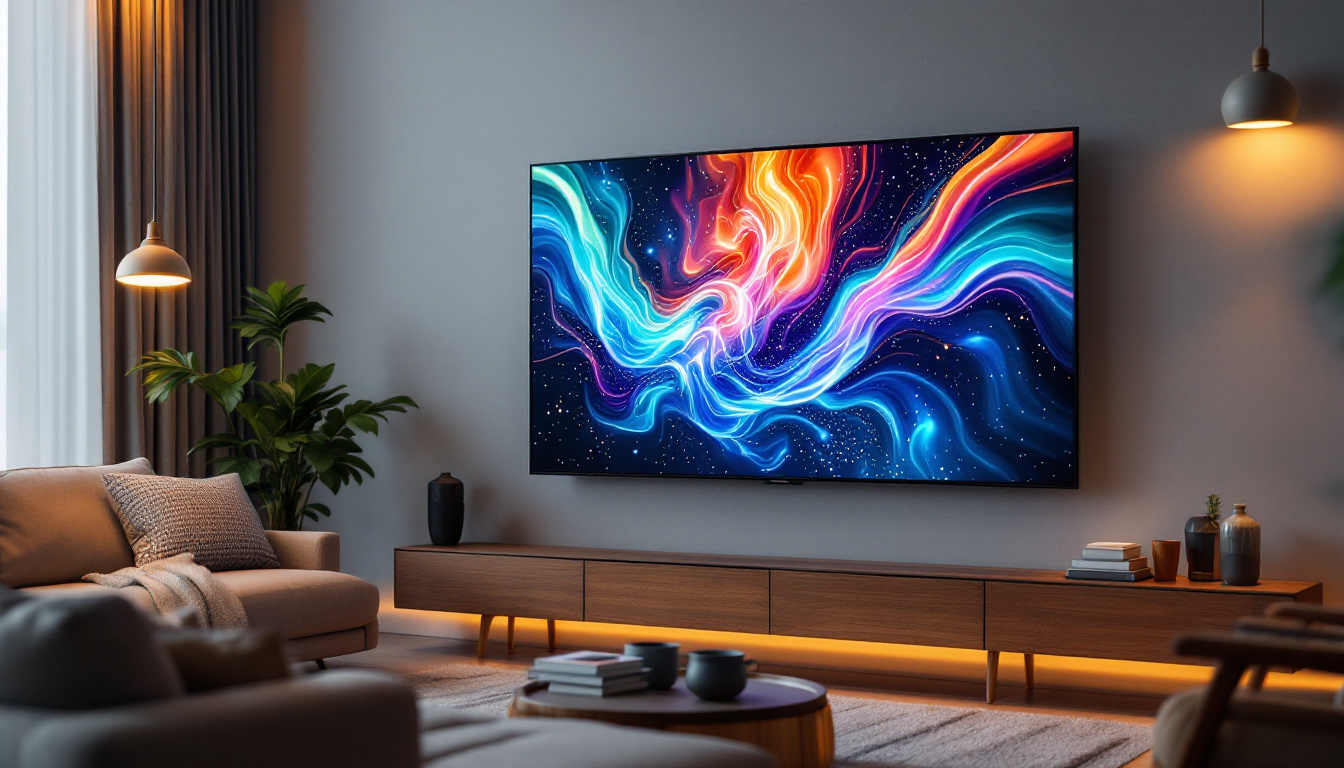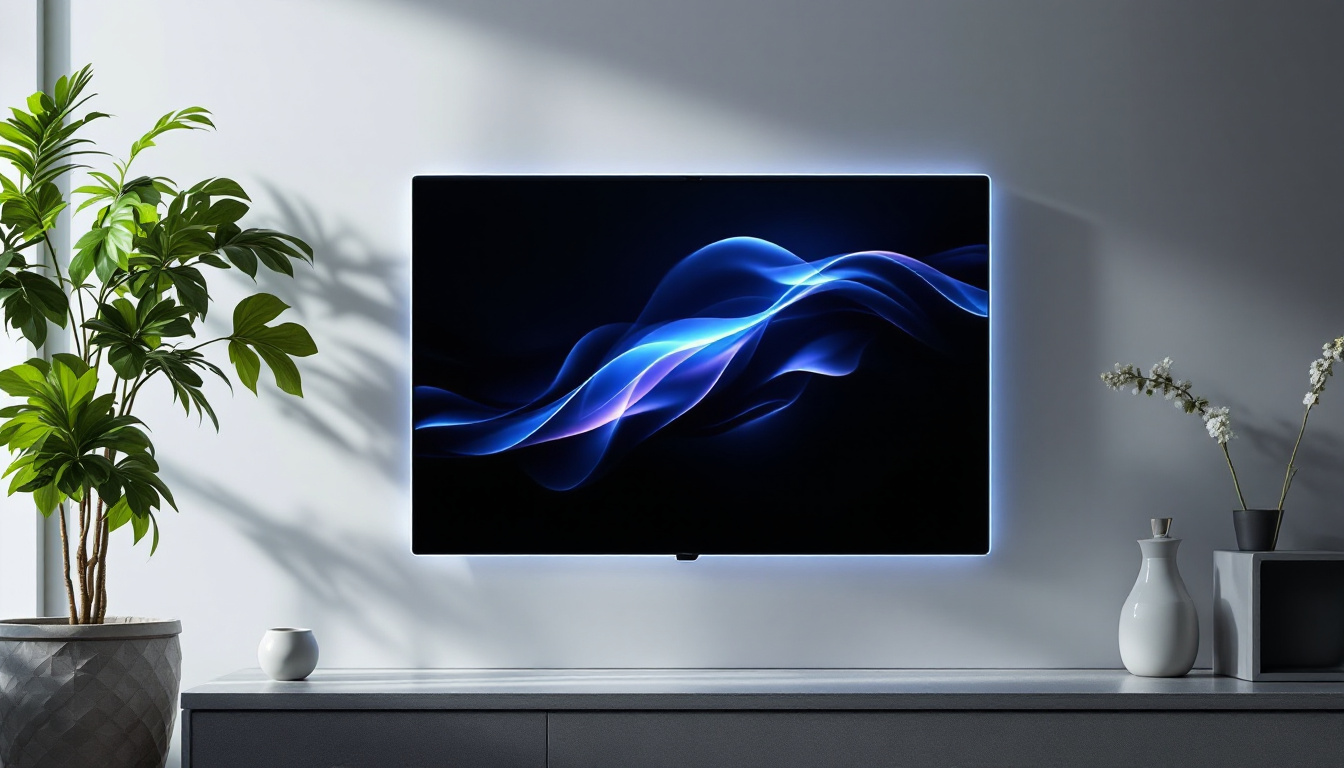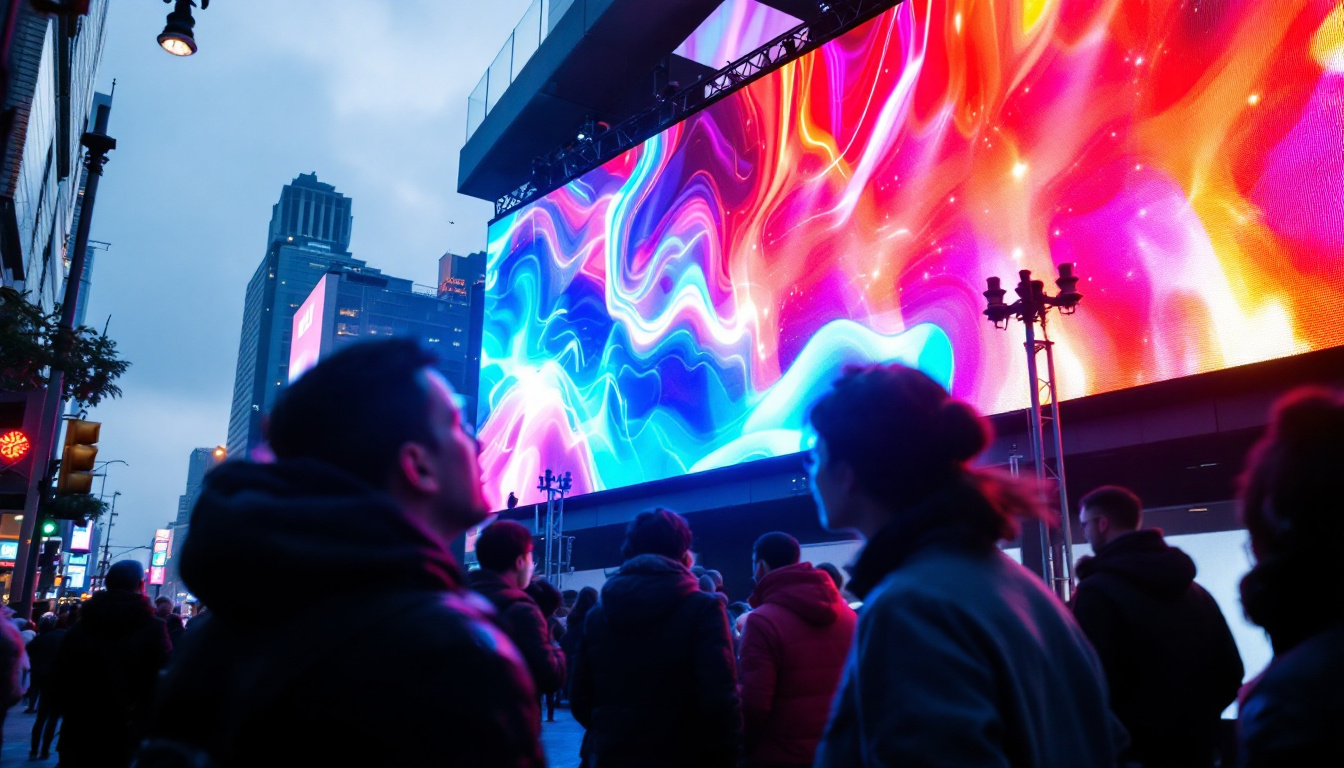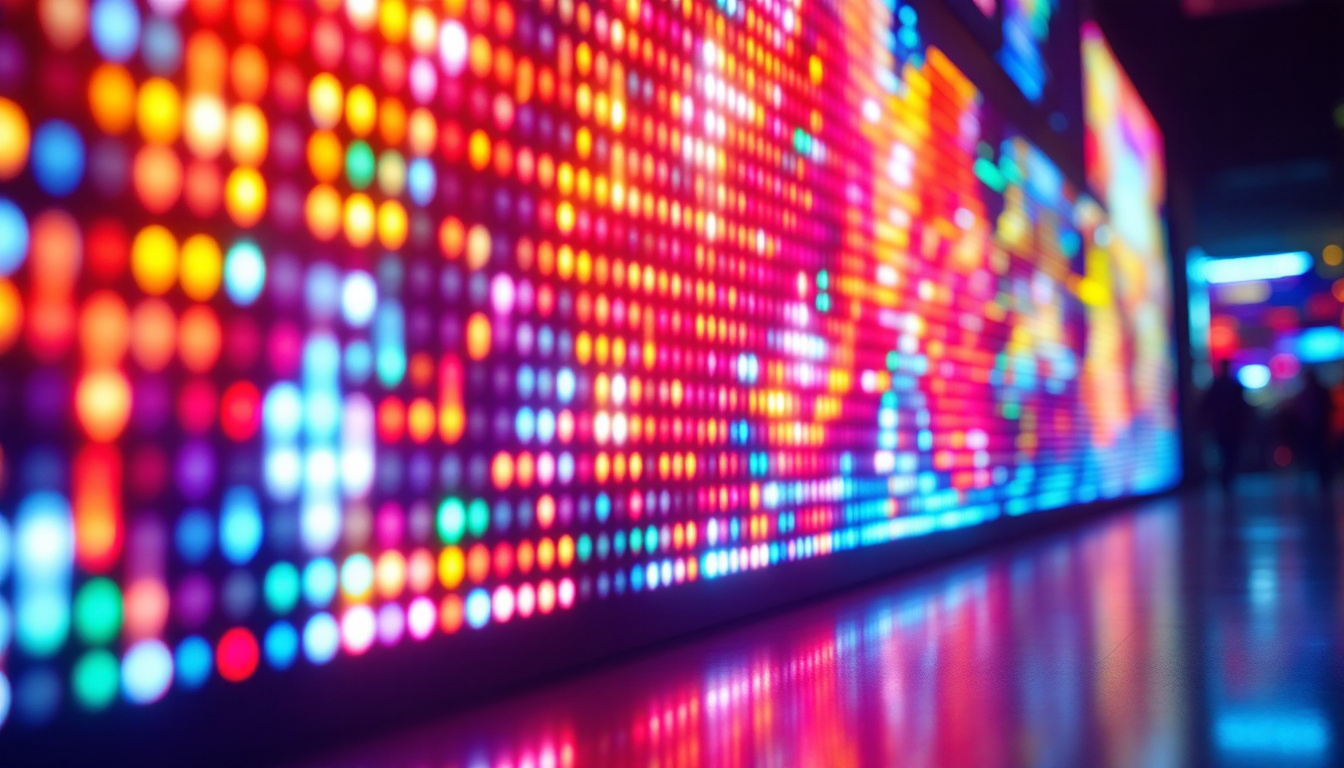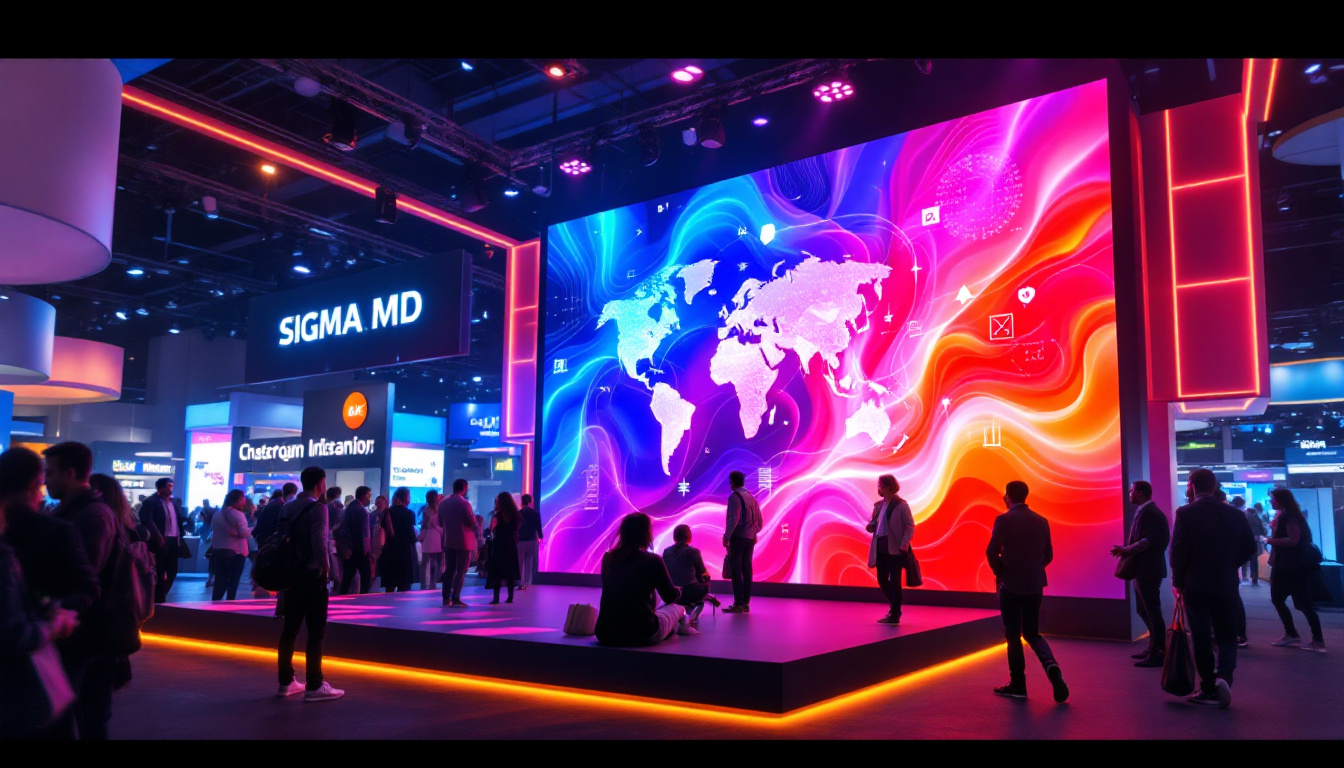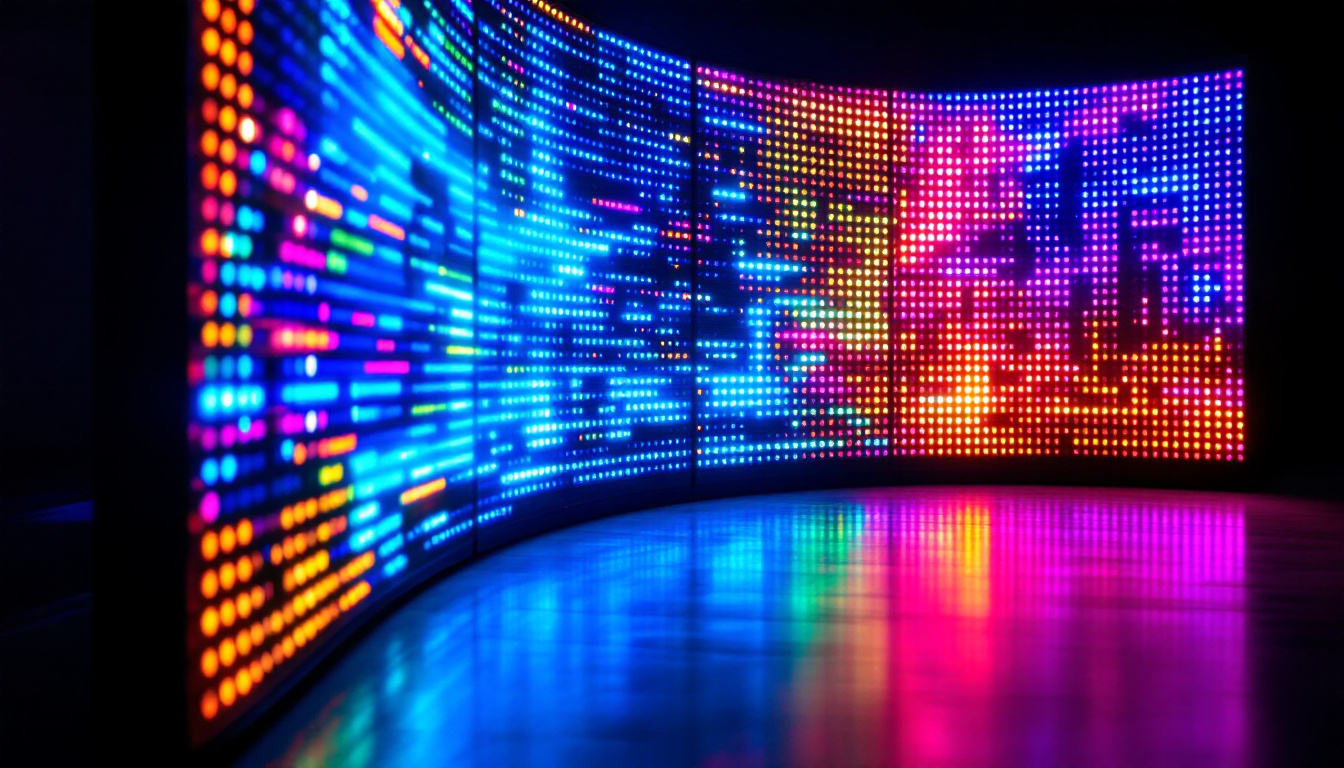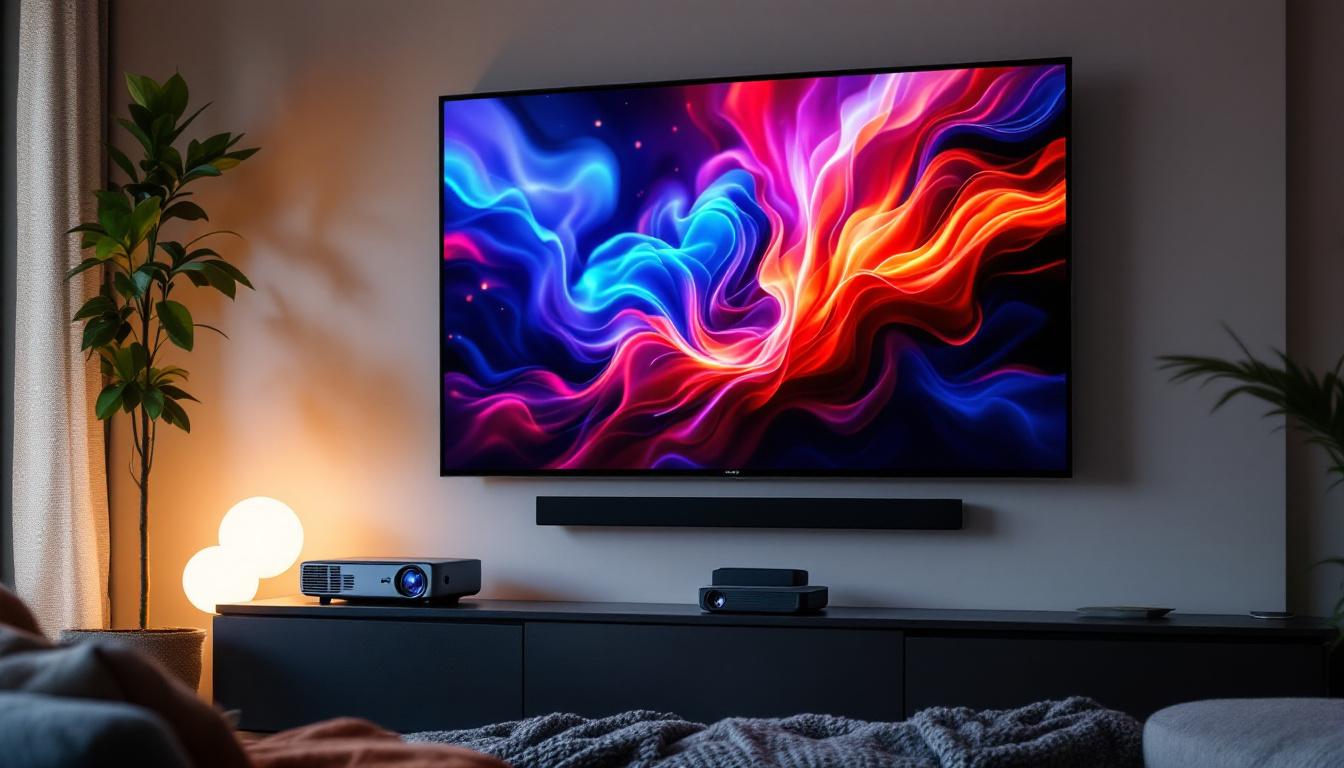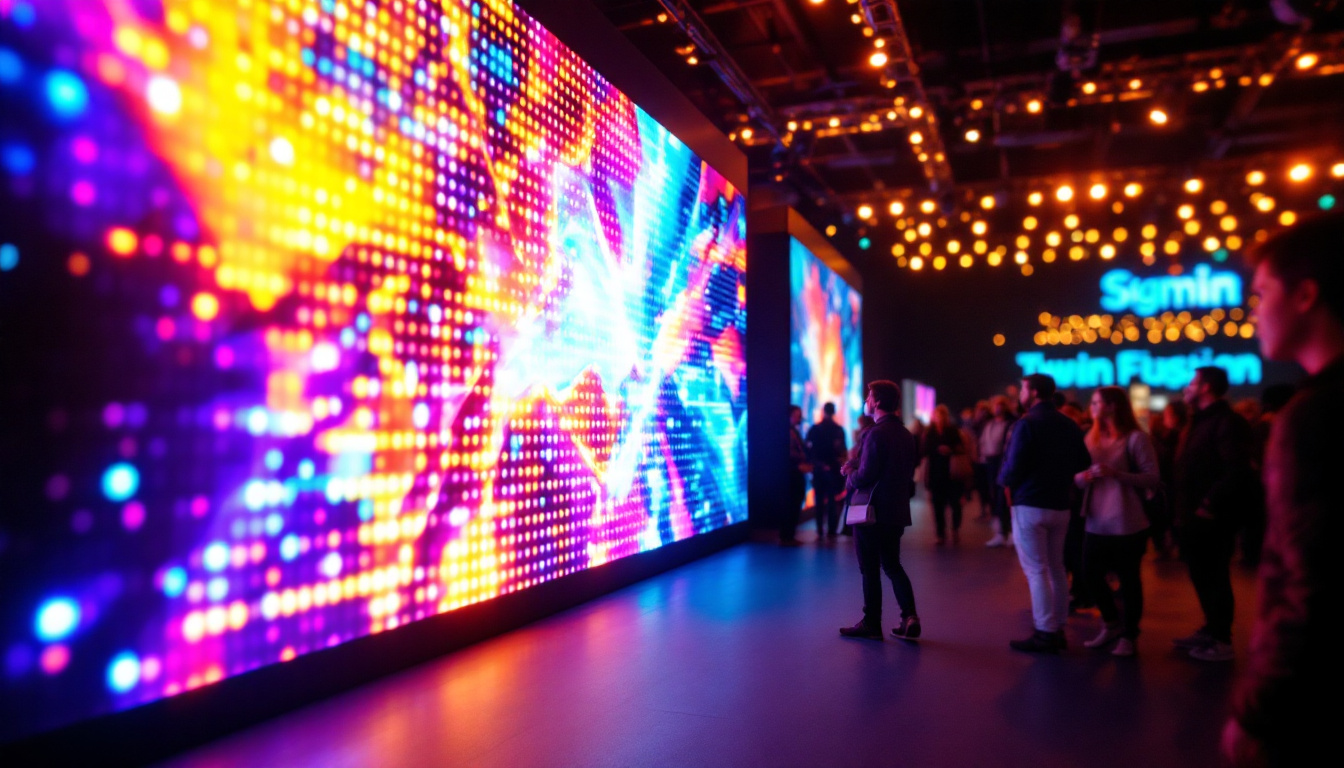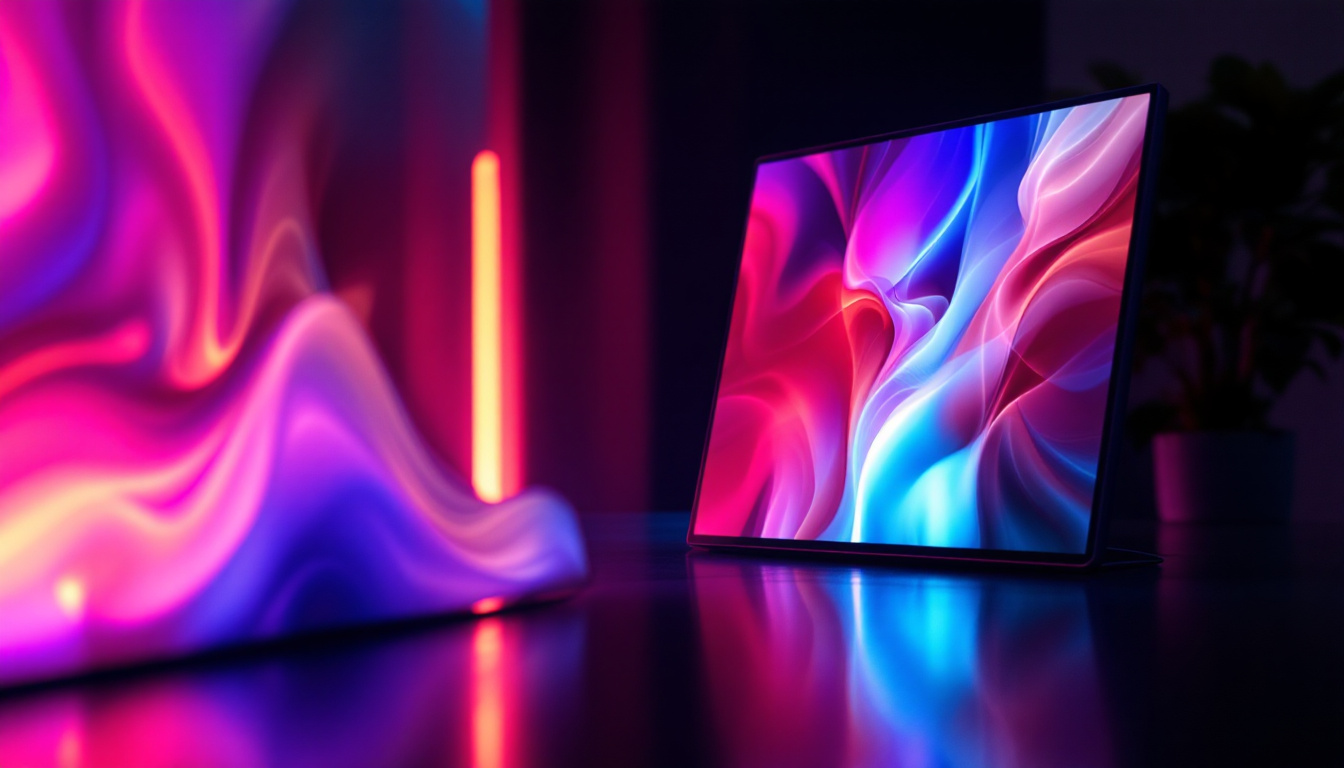In the rapidly evolving field of healthcare, technology plays a crucial role in enhancing patient care and improving outcomes. Among the various technological advancements, LCD (Liquid Crystal Display) and LED (Light Emitting Diode) displays have become integral components in medical equipment. This article delves into the significance of LCD and LED displays in the medical field, exploring their functionalities, advantages, and applications.
Understanding LCD and LED Technologies
What is LCD?
LCD stands for Liquid Crystal Display, a technology that uses liquid crystals to produce images. These displays are composed of several layers, including a backlight, polarizers, and liquid crystal layers. When an electric current passes through the liquid crystals, they change alignment, allowing varying amounts of light to pass through and create images. LCDs are known for their sharp image quality, low power consumption, and compact design, making them ideal for various medical applications. The technology has evolved significantly since its inception, with advancements leading to improved response times and color reproduction. This makes LCDs particularly suitable for high-resolution medical imaging, where clarity and detail are paramount.
What is LED?
LED, or Light Emitting Diode, is a semiconductor device that emits light when an electric current flows through it. In the context of displays, LED technology can be used to create screens that are brighter and more energy-efficient than traditional LCDs. There are two main types of LED displays: edge-lit and backlit. Edge-lit displays use LEDs along the edges of the screen, while backlit displays use LEDs behind the entire screen, providing uniform brightness and color accuracy. The versatility of LED technology has also led to its use in various applications beyond displays, including general lighting, automotive lighting, and even in decorative installations, showcasing its broad potential and adaptability across different fields.
Comparing LCD and LED Displays
While both LCD and LED technologies are used in medical displays, they have distinct differences. LED displays generally offer better brightness and contrast ratios compared to traditional LCDs. Additionally, LED displays tend to have a wider color gamut, which is essential for accurately displaying medical images. However, LCDs can still be advantageous in certain contexts due to their lower cost and sufficient image quality for many applications. The choice between the two often depends on the specific requirements of the task at hand; for instance, while LED displays are preferred for environments with high ambient light, LCDs may be more suitable for budget-conscious projects. Furthermore, the longevity and durability of LED displays can be a significant factor, as they typically have a longer lifespan than their LCD counterparts, making them a more sustainable option in the long run.
Importance of Displays in Medical Applications
Diagnostic Imaging
One of the most critical applications of LCD and LED displays in the medical field is in diagnostic imaging. Medical professionals rely on high-quality displays to interpret images from X-rays, MRIs, and CT scans. The clarity and accuracy of these images can significantly influence diagnosis and treatment decisions.
For instance, LED displays are often preferred for radiology because they can render images with greater detail and contrast. This capability enables radiologists to detect subtle abnormalities that might be missed on lower-quality displays. Furthermore, the color accuracy of LED screens is vital for distinguishing between different tissue types and identifying potential issues. In addition to these advantages, advancements in display technology, such as high dynamic range (HDR) imaging, allow for a broader range of colors and brightness levels, further enhancing the diagnostic process. This is particularly important in fields like oncology, where precise imaging can lead to early detection of tumors and more effective treatment plans.
Patient Monitoring Systems
In critical care settings, patient monitoring systems utilize LCD and LED displays to provide real-time data on a patient’s vital signs. These displays must be clear and easy to read, as medical staff often need to make quick decisions based on the information presented.
Modern patient monitors frequently employ LED technology due to its superior brightness and visibility, even in well-lit environments. The ability to display multiple parameters simultaneously, such as heart rate, blood pressure, and oxygen saturation, is essential for effective patient management. Additionally, many of these systems are now equipped with touch-screen interfaces, allowing healthcare providers to interact with the data more intuitively. This interactivity not only speeds up the decision-making process but also enhances the accuracy of data entry and retrieval, reducing the likelihood of human error. Furthermore, the integration of wireless technology means that patient data can be transmitted to centralized monitoring stations, enabling a more comprehensive overview of patient conditions across multiple units in a healthcare facility.
Advantages of LCD and LED Displays in Healthcare
Enhanced Visibility
One of the primary advantages of using LCD and LED displays in medical settings is enhanced visibility. The brightness and contrast offered by LED displays make them particularly suitable for environments where lighting conditions can vary. This feature ensures that medical professionals can view critical information without straining their eyes.
Moreover, the high resolution of these displays allows for detailed images, which is crucial in diagnosing and monitoring patients. The ability to zoom in on specific areas of an image without losing clarity is a significant benefit in medical imaging. This capability is especially important in fields such as radiology, where precise interpretation of scans can lead to timely and accurate diagnoses. The integration of advanced display technologies also aids in the visualization of complex data, allowing healthcare providers to make informed decisions swiftly.
Energy Efficiency
Energy efficiency is another important consideration in healthcare technology. LED displays consume significantly less power compared to traditional LCDs, which can lead to reduced operational costs for medical facilities. This efficiency is particularly beneficial in large hospitals where numerous displays are in use.
Additionally, the longer lifespan of LED displays means fewer replacements are needed, further contributing to cost savings and sustainability efforts within the healthcare sector. The reduction in energy consumption not only lowers utility bills but also aligns with the growing emphasis on environmentally friendly practices in healthcare. Many facilities are now seeking to minimize their carbon footprint, and investing in energy-efficient display technologies is a step in the right direction.
Durability and Reliability
In a medical environment, equipment must be reliable and durable. LCD and LED displays are designed to withstand the rigors of daily use. They are less prone to damage from impacts and environmental factors, making them ideal for busy healthcare settings.
Furthermore, many modern displays come with protective features, such as anti-glare coatings and scratch-resistant surfaces, ensuring that they remain functional and clear over time. This durability is essential for maintaining the quality of patient care. In addition to physical resilience, these displays often incorporate advanced technology that allows for consistent performance over extended periods, reducing the risk of malfunctions during critical operations. The ability to maintain high performance under various conditions ensures that healthcare professionals can rely on these displays for accurate information delivery, which is vital in emergency situations.
Applications of LCD and LED Displays in Medical Devices
Endoscopy Equipment
Endoscopy is a minimally invasive procedure that allows doctors to examine a patient’s internal organs using a flexible tube equipped with a camera. The images captured during the procedure are displayed on high-resolution LCD or LED screens, enabling physicians to make informed decisions in real-time.
The clarity and detail provided by these displays are critical for identifying abnormalities and guiding surgical interventions. As technology advances, the integration of even higher-quality displays continues to improve the effectiveness of endoscopic procedures.
Ultrasound Machines
Ultrasound machines utilize LCD and LED displays to visualize internal organs and monitor fetal development during pregnancy. The ability to present clear and detailed images is essential for accurate assessments and diagnoses.
Modern ultrasound machines often feature touchscreen interfaces, allowing for intuitive operation and real-time adjustments. The use of LED displays enhances the visibility of images, even in challenging lighting conditions, ensuring that healthcare providers can deliver high-quality care.
Future Trends in Medical Display Technology
Advancements in Display Resolution
The future of medical displays is likely to see significant advancements in resolution. As technology progresses, displays with higher pixel densities will become more common, allowing for even greater detail in medical imaging. This improvement will enhance diagnostic capabilities and enable healthcare professionals to make more accurate assessments.
Furthermore, the development of 8K and even 16K displays could revolutionize the way medical images are viewed, providing unprecedented clarity and detail that could lead to earlier detection of diseases.
Integration with Artificial Intelligence
Artificial intelligence (AI) is making its way into various aspects of healthcare, and display technology is no exception. The integration of AI with LCD and LED displays could enhance image analysis, allowing for automated detection of abnormalities and assisting radiologists in their assessments.
This synergy between AI and display technology has the potential to streamline workflows, reduce human error, and ultimately improve patient outcomes. As AI algorithms become more sophisticated, the role of displays in the diagnostic process will continue to evolve.
Conclusion
LCD and LED displays have become indispensable tools in the medical field, enhancing the way healthcare professionals diagnose and treat patients. Their superior image quality, energy efficiency, and durability make them ideal for a wide range of medical applications, from diagnostic imaging to patient monitoring systems.
As technology continues to advance, the future of medical displays looks promising. With ongoing improvements in resolution and the integration of artificial intelligence, healthcare providers will be better equipped to deliver high-quality care. Ultimately, the role of LCD and LED displays in medicine will continue to grow, shaping the future of healthcare.
Discover LumenMatrix’s Advanced LED Display Solutions
As you consider the future of medical displays and the impact they have on patient care, we invite you to explore the innovative solutions offered by LumenMatrix. Our commitment to enhancing visual communication in the healthcare sector is reflected in our diverse range of LED display modules. From Indoor and Outdoor LED Wall Displays to specialized solutions like Vehicle LED Displays and LED Sports Displays, LumenMatrix is at the forefront of creating immersive and reliable visual experiences. Embrace the next level of diagnostic clarity and patient engagement with our cutting-edge technology. Check out LumenMatrix LED Display Solutions today and see how we can transform your medical facility’s approach to visual communication.


